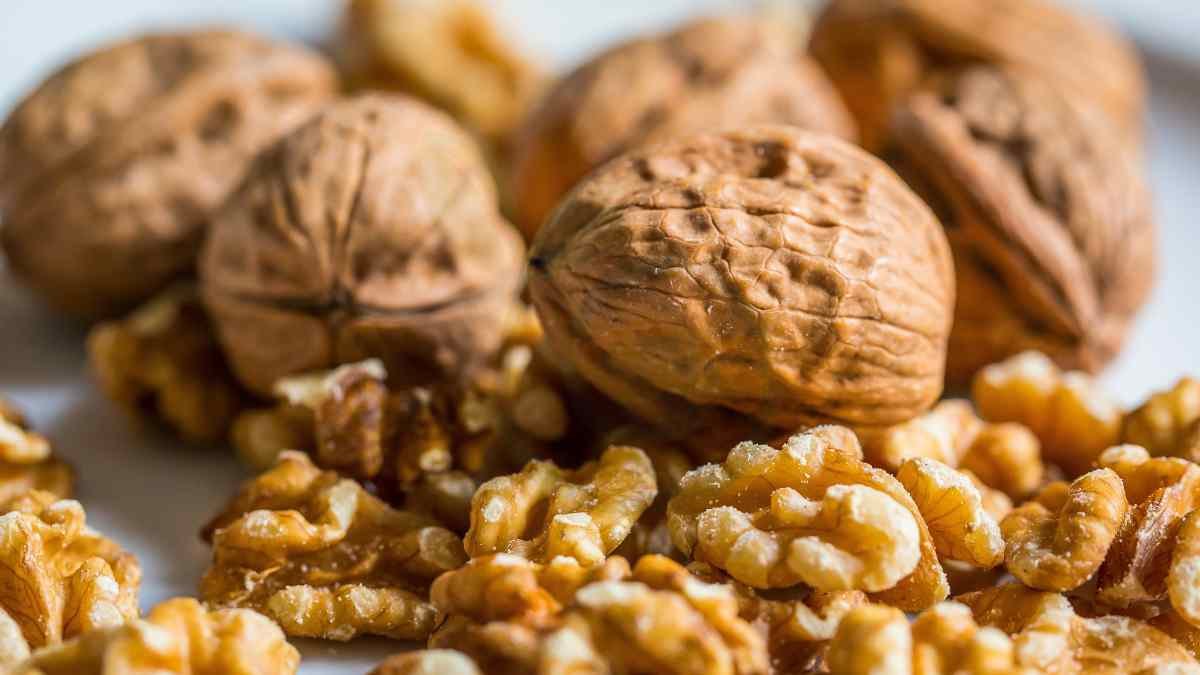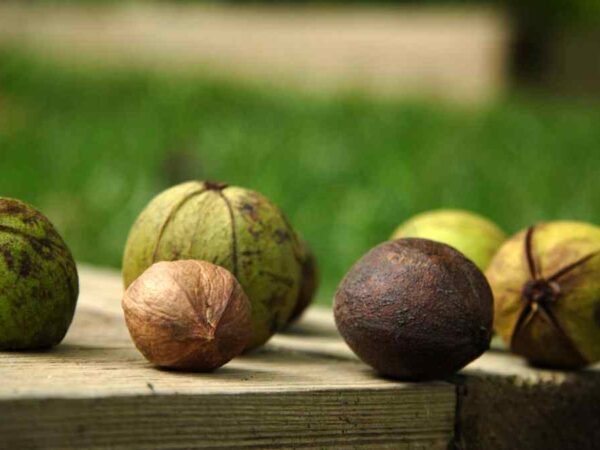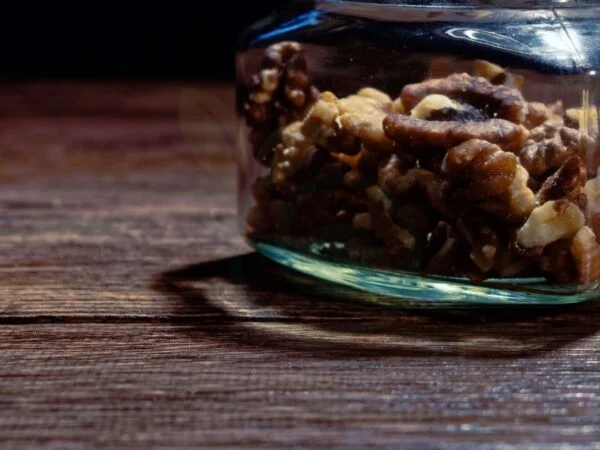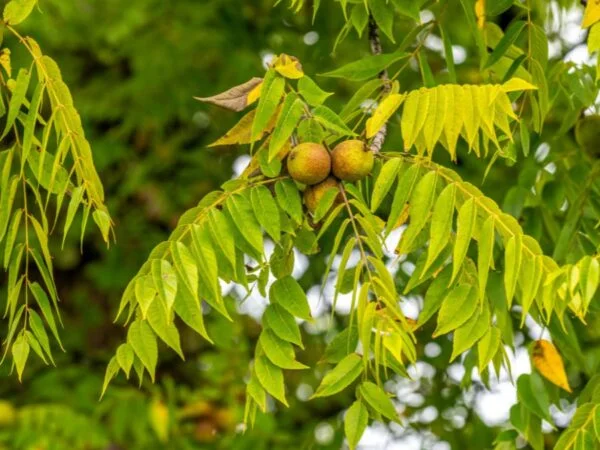
Ever wondered when the ideal time is to pick those ripe black walnuts? The answer lies in understanding the ripening process and recognizing the telltale signs that signal readiness.
Stay tuned as we delve into the fascinating world of black walnut harvesting, demystifying the art of determining peak ripeness, hulling the nuts and snipping them for cooking. Discover the visual cues and techniques that will elevate your walnut foraging game to new heights. Get ready to unlock the secrets behind harvesting black walnuts at their prime!
Key Takeaways
- Signs of Ripeness: Look for black walnuts that have started to fall from the tree and have a yellow-green husk.
- Optimal Harvest Time: Harvest black walnuts when the husks start to crack and the nuts are a dark brown color.
- Collecting Black Walnuts: Gather the nuts promptly to prevent mold growth and ensure freshness.
- Preparing for Consumption: Wear gloves when handling the husks due to their staining properties.
- Processing Unshelled Nuts: Use a hammer or nutcracker to crack open the tough shells carefully.
- Nut Meat Extraction: Extract the nut meat by picking out the pieces from the broken shells.
Signs of Ripeness
Color Change
Black walnuts exhibit a color change as they ripen, transitioning from green to yellow or brown hues. To determine ripeness, look for a nutmeat that appears light-colored, indicating optimal quality. When gently pressing on the husk, a mature nut will give slightly.
Husk Splitting
To handle black walnuts effectively, wait for the husk to soften before attempting removal. Various methods can be employed to split the husks, such as driving over nuts with a car or hammering through plywood. It's crucial to ensure that the husk is completely removed for further processing.
Ground Fall
When collecting black walnuts, prioritize gathering those that have naturally fallen from the tree. To dislodge mature nuts still on tree limbs, gently shake them or use a long pole for assistance. Remember not to delay collecting fallen nuts for too long after they have dropped.
Optimal Harvest Time
Seasonal Timing
Start collecting black walnuts from late September to early October. Harvest when the husk is green but soft. The optimal time for harvesting is when nuts start dropping.
Weather Influence
Consider weather conditions for the best harvesting time. Dry nuts in a well-ventilated area away from direct sunlight. Store nuts in a cool, dry place to prevent spoilage.
Collecting Black Walnuts
Safety Gear
When handling black walnuts, it's essential to wear gloves and protective clothing to prevent skin irritation. Take caution when using tools like hammers or vices for cracking the tough shells. Ensure proper ventilation during the drying process to avoid mold growth.
Best Practices
Follow recommended methods for harvesting and processing walnuts to ensure optimal quality. After drying, store the nutmeat in moisture-proof containers to maintain freshness. For long-term storage, freezing the nutmeat is a practical solution that preserves its taste and texture.
Preparing for Consumption
Cleaning Nuts
Wash unshelled nuts in a bucket to remove debris, ensuring they are clean for consumption. Dry the nuts in thin layers in a well-ventilated area to prevent mold growth. Store dry unshelled nuts in mesh bags or burlap sacks to maintain freshness and quality.
Husk Removal
Manual Methods
Use a hammer, block of wood, or big rocks for cracking black walnuts effectively. Soak the nutshells in water before cracking to facilitate easier separation from the nuts. Avoid using hand-held nutcrackers as they may not be strong enough to crack the hard shells.
Soaking Technique
Pre-condition nutshells by soaking them in water for one to two hours before attempting to crack them. Soaking helps soften the hard shells, making it easier to extract the nuts inside. Ensure proper drainage after soaking to prevent any mold growth on the nuts.
Processing Unshelled Nuts
Drying Process
Spread unshelled nuts thinly for drying to ensure even drying and prevent mold formation. Place them in a well-ventilated area away from direct sunlight. This process helps maintain the nut's quality and flavor.
Dry the nutmeat thoroughly before considering refrigeration or freezing. Properly dried nutmeat guarantees longer storage life and prevents moisture-related spoilage. Ensure the nutmeat is completely dry to avoid any issues during storage.
Storage Preparation
Before storing, allow the nutmeat to dry for a day or two to reduce moisture content. Moisture-proof containers are ideal for preserving nutmeat freshness over an extended period. Properly dried nutmeat ensures better taste and texture when consumed later.
For prolonged shelf life, consider freezing the nutmeat in jars or freezer bags. Freezing helps maintain the quality of the nutmeat for an extended duration without compromising its taste or nutritional value. It is a convenient method for long-term storage.
Store dry unshelled nuts in cool, dry places to prevent spoilage and maintain their freshness for up to a year. Proper storage conditions play a crucial role in preserving the quality of unshelled nuts until they are ready for consumption.
Cracking Techniques
Tools Required
To crack black walnuts effectively, use tools like hammers, blocks of wood, and vices for cracking the tough shells. Investing in a pressure-type cracker can significantly enhance the efficiency of nut cracking. Drilling holes in plywood provides a convenient method for shearing off husks without damaging the nuts.
Effective Methods
When black walnuts are ripe, consider driving over them in a gravel driveway to remove husks efficiently. Another effective method is to force the nuts through a hole in plywood to shear off the husks easily. For cracking individual nuts, utilizing special pressure-type crackers is highly recommended for precise and clean results.
Nut Meat Extraction
Cleaning Meat
Wash nutmeat to remove excess juice and debris. Dry it before refrigerating or freezing for storage. Store in moisture-proof containers.
Separation Tips
Efficiently separate nutmeat from shells prior to storage. Use cracking methods for easier separation process. Ensure cleanliness of nutmeat before storing.
Culinary Uses
Cooking Ideas
Experiment with using black walnuts in various recipes. Incorporate nutmeat into salads, baked goods, or desserts. Toast nutmeat for enhanced flavor before using in dishes.
Flavor Pairing
Pair black walnuts with ingredients like honey, apples, or chocolate. Combine nutmeat with savory dishes for a unique flavor profile. Experiment with different flavor combinations to enhance dishes.
Proper Storage Solutions
Temperature Control
Store nutmeat in temperature-controlled environments to prolong its shelf life. Avoid extreme temperatures to prevent spoilage. Consistent temperatures are key for optimal storage conditions.
Container Types
Utilize moisture-proof containers when storing nutmeat to prevent moisture damage. For freezing nutmeat, opt for jars or freezer bags. Dry unshelled nuts can be stored in mesh bags, burlap sacks, or baskets.
Final Remarks
You've learned how to identify ripe black walnuts, the best time to harvest them, and ways to collect, process, and store these nutritious nuts. By following these guidelines, you can enjoy the rich flavor and health benefits of black walnuts in various culinary creations. Remember to wear gloves when handling the hulls due to their staining properties and use a sturdy tool for cracking the tough shells.
Now that you're equipped with the knowledge to make the most of black walnut season, why not gather your friends or family for a fun harvesting and cooking experience? Share your freshly made walnut recipes with others and spread the joy of this seasonal delight. Get ready to savor the unique taste of black walnuts in your favorite dishes!
Frequently Asked Questions
When is the best time to harvest black walnuts?
The optimal time to harvest black walnuts is when the outer husk starts to split, revealing the nut inside. This usually occurs in late summer or early fall.
How do I collect black walnuts for consumption?
Collect black walnuts by picking them up from the ground once they have fallen naturally from the tree. Wear gloves as the husks can stain your hands.
What are some techniques for cracking black walnuts?
You can crack black walnuts using a hammer and a sturdy surface, a vise, or a specialized nutcracker designed for hard-shelled nuts.
How do I extract nut meat from black walnuts?
To extract nut meat from black walnuts, use a nut pick or small knife to carefully remove the meat from the cracked shell. Be patient as it can be a delicate process.
How should I store black walnuts for long-term use?
Store black walnuts in an airtight container in a cool, dry place away from sunlight. You can also freeze them for extended storage to maintain freshness.
Image Source: Paid image from CANVA





